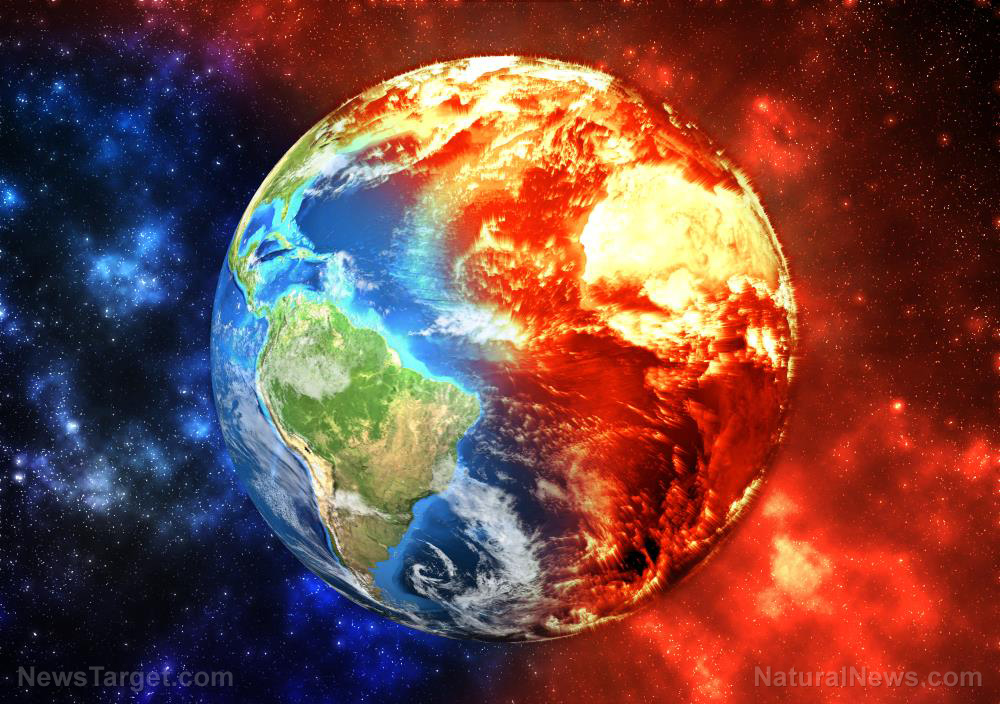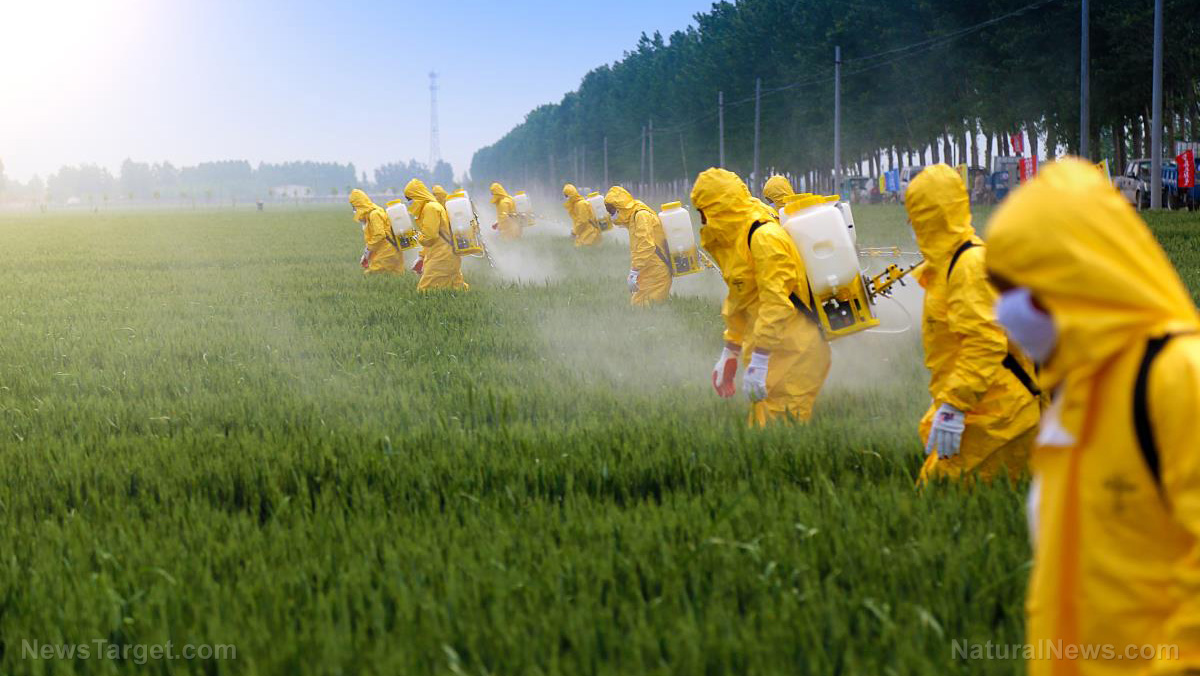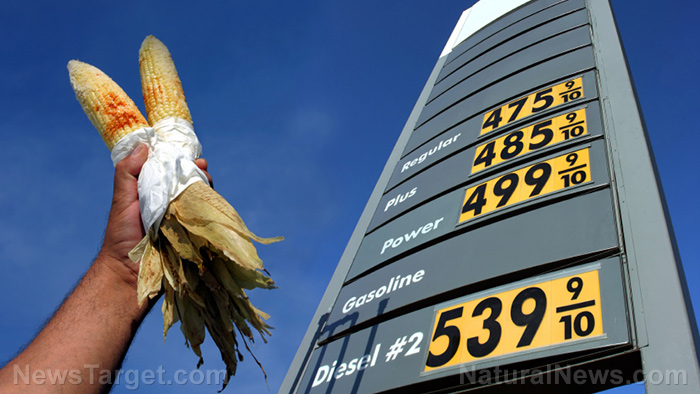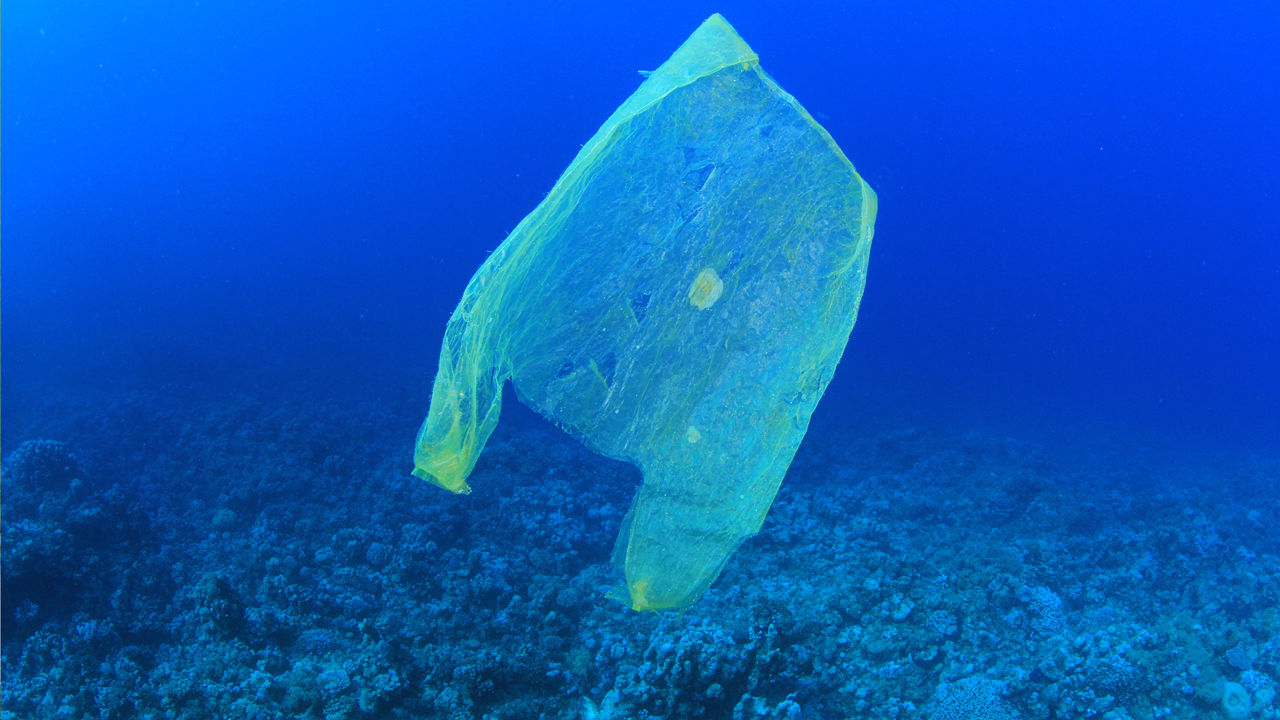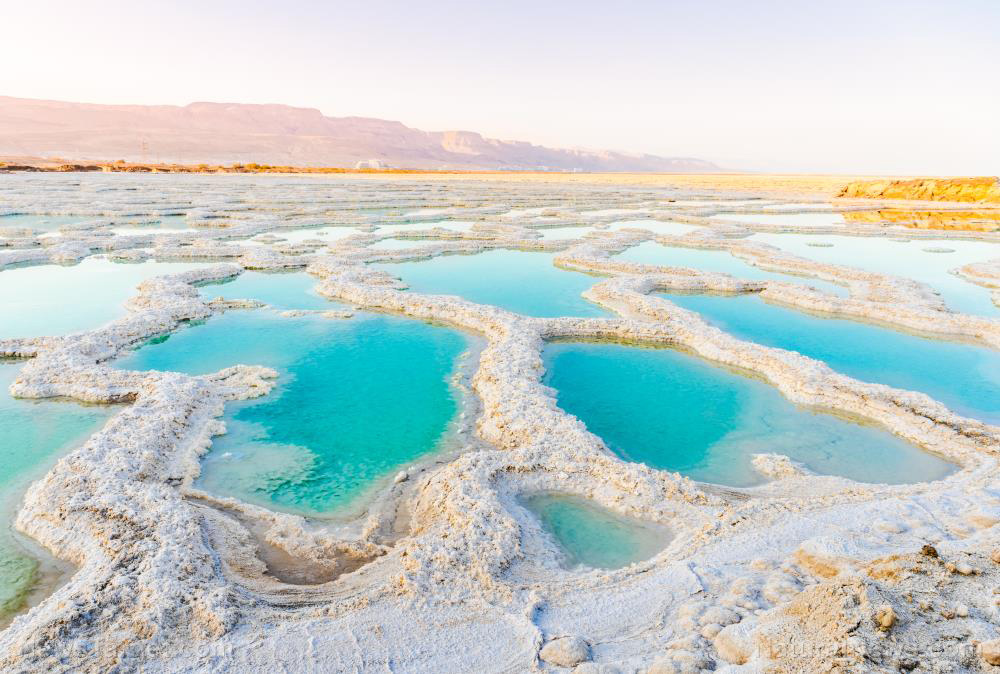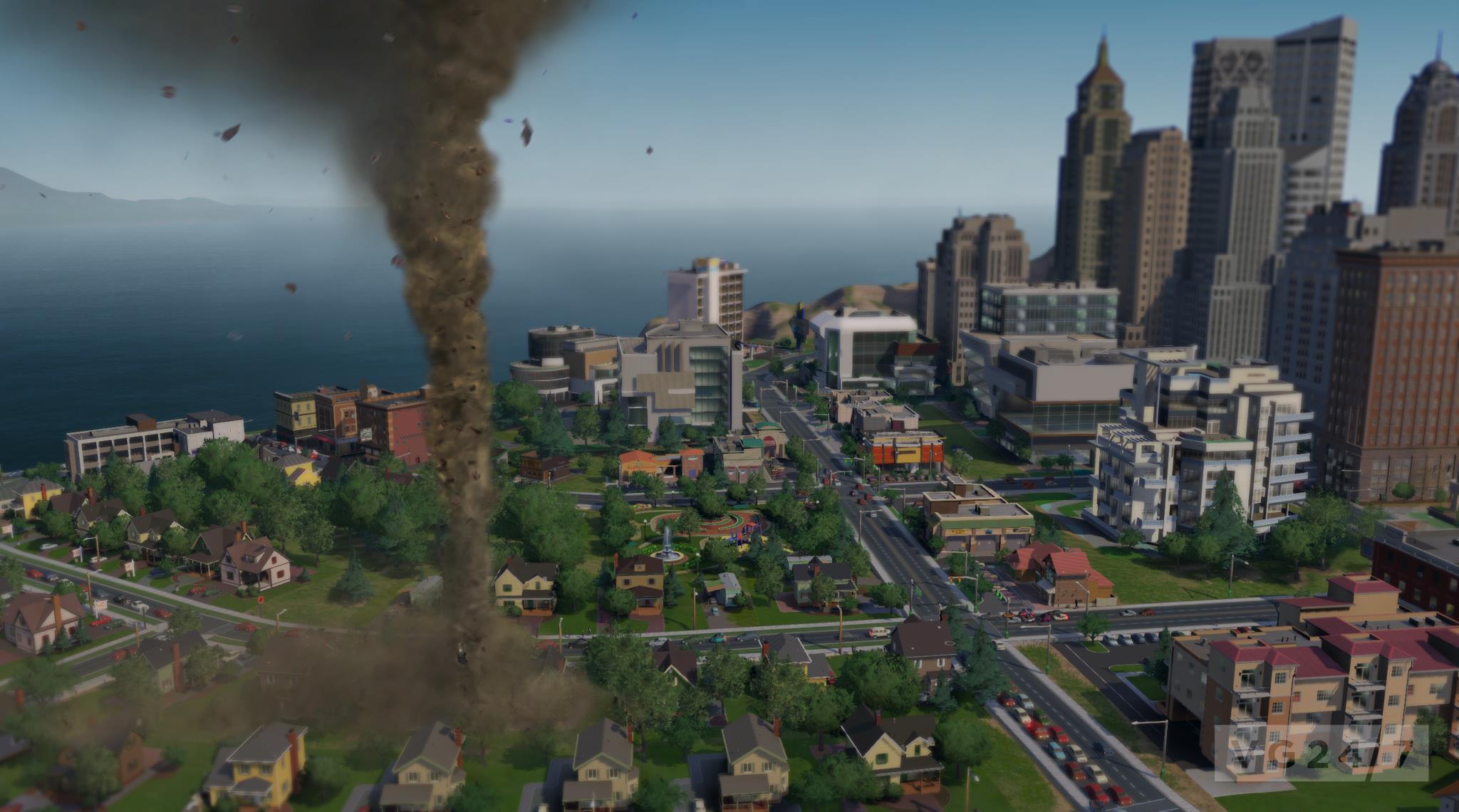City life is KILLING humanity: 95% of humans living today are breathing polluted air, mostly from cities
04/21/2018 / By Isabelle Z.

Even if you don’t have any unhealthy habits, something that you do every day could be killing you: breathing. A new report from the Health Effects Institute shows that more than 95 percent of the people on our planet are breathing in air that is unsafe. Unfortunately, it’s those who live in the poorest communities that are being hit the hardest.
While cities are packed with people and can expose millions of individuals at once to unsafe air, the risk of indoor air pollution in rural areas should not be underestimated. Around 2.6 billion people were exposed to air pollution in 2016 due to the burning of solid fuel like biomass or coal in their homes to stay warm or cook. Indoor air pollution also impacts the quality of air in the areas surrounding it. This number has dropped in recent years, but it’s still shockingly high. Meanwhile, around a third of people around the world have to contend with the misfortune of breathing in unsafe air inside as well as outdoors.
Another cause of air pollution is the emissions from transportation, with diesel fuel being a big cause of air pollution in well-off countries like the U.K. In poorer nations, many people drive cars that are older and in bad condition, and these vehicles are linked to fine particulate matter that causes millions of deaths annually.
The Health Effects Institute reached their conclusions using satellite data and other types of monitoring. These high levels of exposure have pushed air pollution into the fourth position when it comes to the top causes of death around the world, following killers like high blood pressure, diet and smoking. More than six million people died last year of causes linked to air pollution, such as heart attack, stroke, chronic lung disease and lung cancer. Not surprisingly, people from countries like India and China made up more than half of these deaths.
The researchers are also concerned about the growing gap between the most and least polluted areas. Developed countries have been trying to clean up their air, but many developing countries are seeking economic growth at the expense of clean air. The institute’s vice president, Bob O’Keefe, said that the gap between the most and least polluted areas is now 11-fold; it was 6-fold in 1990.
Do you live in one of the most polluted cities?
If you thought this problem was confined to places like India and China, think again. The American Lung Association recently released its 2018 State of the Air report, and it shows the places in the U.S. with the worst air pollution. They found that nearly 129 million Americans live in 185 counties that were given a grade of “F” when it comes to ozone, and they report that smog is worse this year than it was last year.
Their top ozone-polluted area in the nation was, not surprisingly, the Los Angeles-Long Beach area of California, followed by several other places in California, including Bakersfield, Fresno, Sacramento, San Diego and Modesto. Phoenix took eighth place, while New York came in tenth.
The U.S. metros with the cleanest air were Palm Bay, Florida; Wilmington, North Carolina; Honolulu, Hawaii; Bellingham, Washington; Casper, Wyoming; and Burlington, Vermont.
With so many people around the country and the world breathing in polluted air, it’s clear that city life is slowly killing humanity.
Read more news on pollution at Pollution.news.
Sources for this article include:
Tagged Under: cities, city life, clean air, diesel, disease causes, Emissions, environment, longevity, ozone, polluted air, smog

